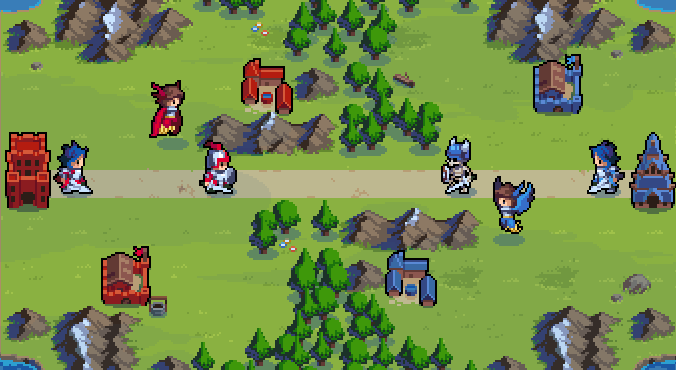
- #NES MID FRAME PALETTE SWAP HOW TO#
- #NES MID FRAME PALETTE SWAP SOFTWARE#
- #NES MID FRAME PALETTE SWAP OFFLINE#
Well, the rules for what makes clean/simple/small data in FamiTracker aren't the same as the rules for Blaster Master. The only things certain in life are death and uncertainty. Have I mentioned I really appreciate you taking the time to have this conversation with me? Again, I'm just a noob, so this is pure speculation on my part. FamiTracker seems quite capable though, and I'm sure the tricky arpeggios will do the job just fine changing the tempo mid-frame seems like sort of a work-around to me. This is probably addressed by your claims of custom code, but again, I wouldn't know.

I refuse to believe that the musicians were allowed to run rampant with special-effects and an over-blown instrument libraries whilst everyone else had to tighten their belts. Most of the ultimate goal (sprites, music, general coding, etc.) was to get more by intelligently manipulating less. I can't imagine the music being any different. I'm not too keen on the ins and outs of the actual coding of the games, but I do know that a lot of times sprite-work would make clever dual-use of a specific set of sprites and a simple palette-swap (like the clouds and bushes in the original SMB).
#NES MID FRAME PALETTE SWAP OFFLINE#
Member for: 4433 days Location: Canada Status: Offline kind of like a calculator to mathematics.Īlso - I'm glad to know I wasn't the only kid to record video game music on tape so I could listen to it on the bus back in the day. I'd much rather get the song to a point I'd call 'satisfactory' and then check it against the computer's "ears" than let it do my job outright. I'd like to say though, your importer sounds like a great way to test myself. and I'd consider this a bit more difficult). then I'll know it's probably time to move on to writing my own material, or find a more challenging track (last song I did was the intro to Ninja Gaiden 2. If I ever feel like I'm no longer learning a new skill and just spending time on it. I hope that provided more clarity than confusion. So basically, if something or someone does the work FOR me, I feel like I'll have learned less than if someone simply points me in the right direction. I've just used what I know inappropriately as a means to an end. Regardless of the audible result, if the tracking is clunky, I feel like I haven't learned anything worthwhile. I wasn't looking for EXACT transcriptions, just a little insight as to how a more skilled hand might have gone about putting those sounds to paper, so to speak (maybe a lesser-known dual-purpose to an effect or the like). assuming you're aware of the techniques available to you.
#NES MID FRAME PALETTE SWAP HOW TO#
The way I see things, the best way to learn how to do something is to first try and duplicate the work of those before you.
#NES MID FRAME PALETTE SWAP SOFTWARE#
I'm covering old NES songs in an attempt to learn the software so I can write my own music with it and not sound like a total noob in the process. I've kinda gotten used to having large banks of arpeggio instruments though. I kinda prefer the clean look of the speed 7 version, even though there's a tonne of instruments. You can see them both interleaved, and you don't need any extra instruments, but your row speed is doubled in a jittery way. Show both the blip line and bass by alternating rows at speed 2 and 5 (F02, F05). Hide the blip line by making a lot of arpeggio instruments, show only the bass line, and run at a nice comfortable speed 7.ī. There's two approaches I would take trying to duplicate this.Ī. So, what we have is really two independent lines being played through the triangle channel at different time slices. Ones without a blip are silent for those two frames. the sixteenth note is 7 frames long, and the blips take the first 2 of those 7. the blips in the bass on this track aren't really easy to do cleanly in FamiTracker.

Well, sorry, I'm going to cheat for you for the purpose of having something accurate I can explain. Now that I have the importer the process is so much easier though. When I used to transcribe things before I wrote the NSF importer, if something was hard to hear I'd usually use NSFPlug's slowdown feature. How come using the NSF importer is cheating, but asking someone else for help isn't?


 0 kommentar(er)
0 kommentar(er)
